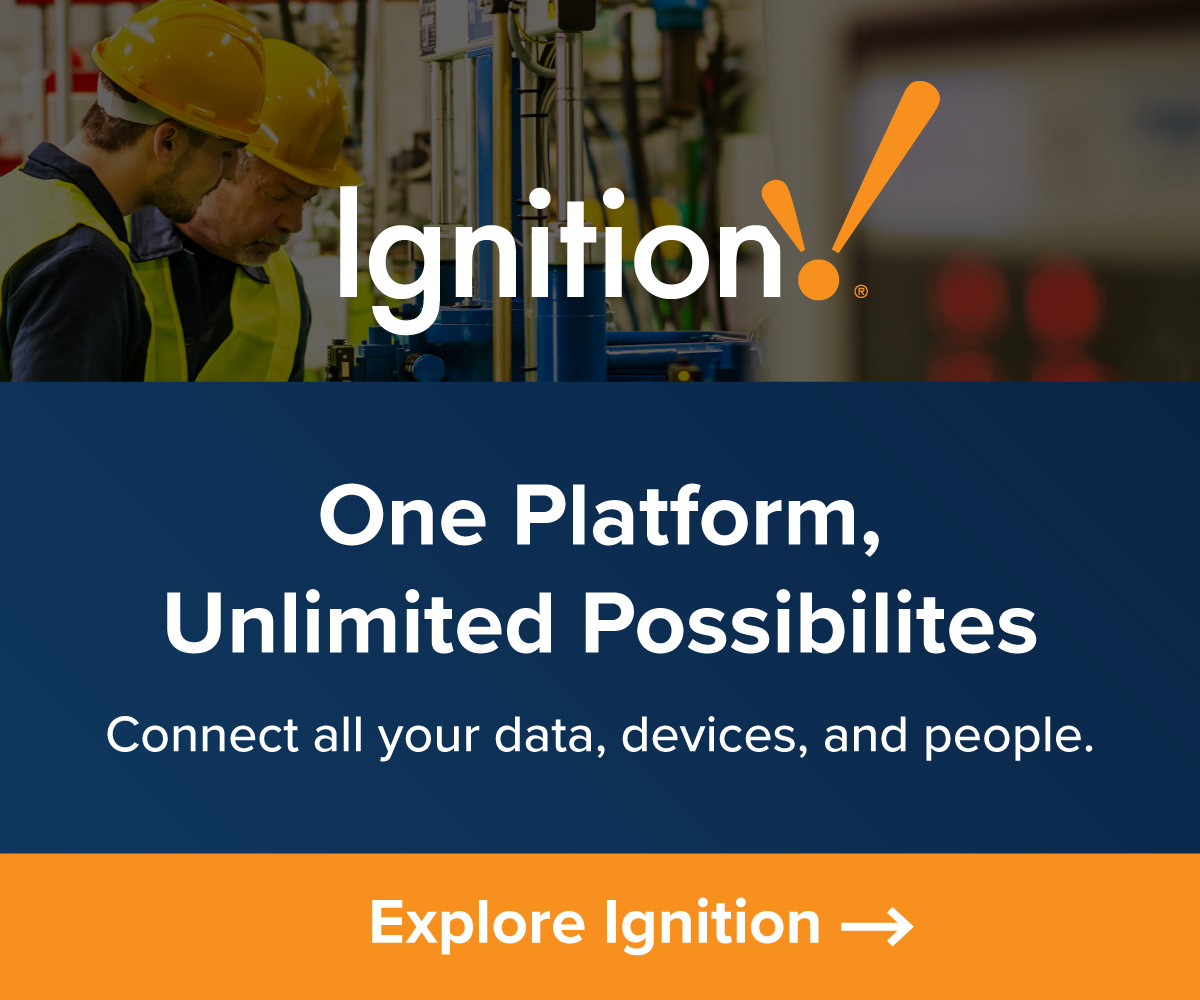by Gary Mintchell | Oct 29, 2025 | Asset Performance Management, Data Management, Education, News
I find it sort of amazing that the head of product development at the manufacturing company where I was working in a position sort of like a combination of manufacturing engineering and materials management plucked me out of the factory to assume a role a manager of data.
That was 1976. The problems I attempted to solve 50 years ago are the same problems (albeit on a much larger scale) that executives face today. Multiple silos of proprietary data. Insufficient insight into the company’s operational health. Buried risks to enterprise decision-making.
Next week (Nov. 5-6), Texas A&M Department of Construction Science ADIF Working Group hosts its 2nd ADIF workshop.
ADIF (Asset Data Interoperability Framework) working group is a dedicated research group of industry experts and academia that is committed to fostering open, vendor-neutral, and standards-based solutions for achieving data and systems interoperability for assets intensive industries.
I will be in College Station next week to moderate a panel discussion on standards—perhaps discussing how so many standards can work together. The panel includes luminaries Markus Stumptner, University South Australia, Alan Johnston, MIMOSA, Micheal Wiedau and Reiner Meyer-Rossl, DEXPI, Peter Townson, CHIFOS, and Chris Monchinski, ISA 95.
There is still time to register and come. I will probably have some live reports for those who cannot make it.
Click on the Follow button at the bottom of the page to subscribe to a weekly email update of posts. Click on the mail icon to subscribe to additional email thoughts.
by Gary Mintchell | Oct 28, 2025 | Asset Performance Management, Data Management, Manufacturing IT, Software
AVEVA updated its software offering by converging all data into its Connect platform.
AVEVA is converging all data onto CONNECT industrial intelligence platform. Through enhancements to AVEVA Asset Information Management, AVEVA System Platform and AVEVA PI Data Infrastructure, AVEVA can enable the visualisation of engineering and operations data in one interface. This offers organisations the ability to scale digital twin solutions more flexibly and reduce IT overhead.
At this year’s Schneider Innovation summit, AVEVA is showcasing its solutions and vision for its industrial digital twin.
For AVEVA Asset Information Management, the new enhancements will bring together trusted asset contexts, accessible through the CONNECT visualisation offering a single flexible and unified UI to visualise trusted engineering, asset and maintenance data. From P&IDs, drawings, and documents to real-time sensor readings, process events, and historical performance metrics, teams can view and analyse all relevant data in one place.
Meanwhile, AVEVA PI Data Infrastructure is an ever-advancing modern and flexible foundation for rapidly connecting, contextualising and acting on industrial insights from operations data. Its sophisticated data management capabilities continue to drive value across enterprises and new enhancements ensure enhanced hybrid connectivity, visualisation and analytics for AVEVA’s industrial digital twin.
Click on the Follow button at the bottom of the page to subscribe to a weekly email update of posts. Click on the mail icon to subscribe to additional email thoughts.
by Gary Mintchell | Oct 23, 2025 | Productivity, Workforce
Articles about a worker shortage due to Boomer retirements have been a staple of trade magazine editorial ever since I became an editor in 1998. Some twenty-seven years later, those articles and news releases keep coming.
The concomitant problem is how to bring new people in. Apprenticeship programs went out the window with World War II. Businesses and manufacturers began expecting the education system to supply appropriately skilled workers. This was not going to happen despite education systems becoming increasingly industrialized. They taught basic math. Taught kids how to sit still and follow directions. Taught them to show up every day at the required location.
We need more.
It’s taken me some thought to place this new product from Derek Crager, Founder & CEO of Practical AI.
There is irony here, in that Crager touts himself as developer of an award-winning training program at Amazon—yes, the place that thinks it can replace its workers with robots. But, we will go beyond that thought for now.
I’ve not read the book, but he has also released a new book, Human First AI.
Crager says the real cost is downtime, rework, and attrition. He continues, It isn’t just a staffing problem—it’s an OEE problem. Every knowledge gap shows up in the metrics leaders actually manage: MTTR, FPY, scrap, rework, and yes, attrition. Ask any maintenance manager: the fastest way to lose a promising hire is to strand them without support on a tough job at 2 a.m. We send people to training, hand them SOPs, and hope they remember when it counts. But memory fails—especially under pressure.
His solution? Just-in-time guidance—the right step at the exact moment of need, while hands are on the task. When a technician can ask and do in the same breath, training becomes throughput. That’s the difference between teaching a concept and multiplying your best expert across every line and shift.
He called on his experience at Amazon to develop something called Pocket Mentor: A Phone Call to Your Best Expert. This is a hands-free, eyes-free mentor your team reaches by phone, anytime, on the floor or in the field. No app. No Wi-Fi. No passwords. Just tap & say, “Talk me through it” — and we will.
Here’s how it works:
- Capture once. We sit with your best people and harvest SOPs, changeovers, fault trees, “what-if” branches, and tribal tricks—the real decision trees pros use when the line’s on fire.
- Validate and govern. Content is approved by your SMEs and version-controlled with human-in-the-loop QA. Your source knowledge stays in a secure, governed box; people approve changes before they go live.
- Guide in the flow of work. A tech calls in, we ask two clarifying questions (model, symptom), then deliver step-by-step voice guidance they can follow while working—hands-free — eyes-free.
- Optional enterprise integrations. We can use your digital-twin/IoT signals today (enterprise integration) to pre-fill context—e.g., “Given Code 47 and 200 service hours, here’s the fastest fix; want me to talk you through it?”
He cites this pattern of stats.
- Up to 80% faster onboarding—because new hires can “tap & say” from day one instead of waiting for a veteran.
- ~30% reduction in downtime/rework—because the right step shows up at the right time, not after the post-mortem.
- ~53% lower early attrition—because nobody wants to feel alone on the line; support drives retention.
- 30× impact vs. traditional training—because we replace recall with real-time execution.
- 0 extra staffing to scale coaching—your best employee effectively becomes 20 or 50 virtual coaches, every shift.
Most project managers agree that you should start with a specific pilot, prove the system, then scale it out. Crager offers a few suggestions.
- Pick a chronic stopper. The two or three faults that always cause headaches (and overtime).
- Harvest the fix. Sit down with your A-team and capture the real-world fix path—model variants, hard-won “gotchas,” and the restart checklist nobody remembers at 3 a.m.
- Go live by phone. Give your night shift a number to call. Let them say, “Talk me through it.”
- Measure MTTR for 30 days. Compare to your baseline. Then expand to changeovers, start-of-shift checks, and training-intensive stations.
Click on the Follow button at the bottom of the page to subscribe to a weekly email update of posts. Click on the mail icon to subscribe to additional email thoughts.
by Gary Mintchell | Oct 22, 2025 | Generative AI
Only a month ago I wrote about how every news release included “AI” no matter how mundane or useful it was. Suddenly the new phrase is “Agentic AI”. Agents are pieces of code that build on data generated by Large Language Models (LLMs) which are the current iteration of AI. Agents consider the data and context in order to make decisions.
These can be useful. However, we do know that the data generated from LLMs are not always useful or accurate or repeatable. The technology is good, but it also needs much growth to become a reliable tool in the worker’s kit.
This news comes from the ServiceMax division of PTC. Looks like the first usable implementations will help service workers. Since I’m writing this in the customer area of the car dealer’s service center, this is top of mind today.
In brief:
- Agentic AI advancements in ServiceMax AI accelerate work order execution and enable improvements in first-time fix rates
- Agentic AI advancements in Servigistics expand AI-driven intelligence for service parts planning
From the news:
PTC announced the availability of new service lifecycle management (SLM) AI offerings in its ServiceMax field service management solution and Servigistics service supply chain optimization solution. Agentic AI advancements in ServiceMax AI strengthen multi-agent action to support field service management outcomes, including faster work order execution and smarter parts queries. Servigistics AI advancements deliver additional agentic intelligence to the service supply chain, enabling autonomous orchestration of [service] planning and execution.
The latest ServiceMax AI enhancements build on the unique ability to take advantage of AI directly from the current processes already managed by ServiceMax. This latest release enhances AI Actions with orchestrated multi-agent execution, AI-driven process automation through Service Flow Manager, and a new Knowledge API that connects to documents across enterprise systems.
Servigistics is also introducing a new AI Assistant, which supports planners by improving forecast accuracy and accelerating planning cycles, and will be generally available in October 2025.
Click on the Follow button at the bottom of the page to subscribe to a weekly email update of posts. Click on the mail icon to subscribe to additional email thoughts.
by Gary Mintchell | Oct 17, 2025 | Generative AI, News
Praveen Rao, Head of Manufacturing for Google Cloud, spoke at this week’s Connected Worker Conference about a survey the company conducted by National Research Corp. of manufacturing executives regarding their investments in AI. Agents were of specific interest.
We’ll skip the suspense. 78% of the executives surveyed believe they are seeing a return on their investment.
I asked Rao of agents were real or still in the vaporware phase. He assured me that there are many agentic AI use cases. A refresher—agents work with LLMs to “see, hear, think—they can design and simulate.”
There are supply chain use cases, but Rao assured me there are many other use cases. He pointed to engineering and product design workflow improvements when he pointed to 75% of surveyed executives see agents used to improve productivity. Other key areas of interest include improving customer experience (support, etc. 64%), business growth (60%), marketing (creating brochures and the like, 58%), and security (53%).
I’m interested in how these technologies can work with unstructured data. Eventually that will be a massive win.
Back to the survey from the press release:
According to the survey of more than 500 manufacturing execs, 56% reported their organizations are actively using AI agents, with 37% reporting they have launched ten or more. These agents range from gen AI-powered chatbots and single-task agents for specific functions like scheduling production jobs — all the way to sophisticated, multi-agent systems that can take actions on behalf of users, under their supervision.
Additional findings include:
AI agents are being used for core business processes such including:
54% use them for quality control
48% use them for production planning
47% use them for supply chain and logistics
Over half of manufacturing executives (55%) stated their organizations plan to allocate 50% or more of their future AI budget to AI agents,
The primary consideration for executives when evaluating LLM providers is data privacy and security (37%), followed by system integration and scalability and performance.
Google Cloud marketing includes this interesting caveat: In other words, AI success hinges on deep cross-functional collaboration, but it’s top-level support that will truly drive results, aligning AI adoption with business goals and guiding crucial decisions about its fundamental use within organizations.
Yes, technology enables and provides tools, but in the end it’s people and systems and organization that creates a win.
by Gary Mintchell | Oct 15, 2025 | Commentary, Generative AI, Podcast
I’ve published a podcast both on my podcast app (available in Apple, Overcast, or wherever you download them) and on YouTube. You can subscribe on any. Or click the links for podcast or YouTube on the right sidebar.
Why pursue AI? As a tool to help entrepreneurs add value to their companies. The appropriate roll out entails organizing small “pirate ships” empowered to experiment and implement with a budget and air cover. Many concerns about AI’s impact on employment and organization are over blown. History shows that new technology winds up creating more jobs than it destroys. This podcast is sponsored by Inductive Automation.





